>>small store players need to compete on more than just price
Small store shopping is back in fashion, says Nisa-Today’s Neil Turton, MD of its Central Buying Company, in our Saturday Essay (page 30). And, as recent events show, it is not just consumers who are flocking back to local stores. In the last four weeks, there have been three takeover bids for companies in The Grocer Top 50 independents list. Convenience chains have never been so desirable.
So we shouldn’t be surprised that 93% of Top 50 readers polled this week have been approached about a takeover in the last 12 months while nearly two-thirds expect to be approached again over the coming year. Further consolidation in this market is inevitable and I am sure many retailers will be poring over our new Top 50 list, which will be published next week.
As CJ Lang’s bid for AJ Gillespie, Whole Foods Market’s purchase of Fresh & Wild and the many expressions of interest in Londis show, the predators are coming from across industry and even from across the Atlantic.
But the worry for most independents is, of course, the continual encroachment of the large multiples into their territory, with all the buying power and brand recognition they bring with them. Even the large independents and symbol groups will struggle to compete if the multiples continue to bulldoze their way into convenience. The reasons for this are many but one oft-raised complaint is the lack of an even playing field on price.
Suppliers, whose voice is so far missing from this debate, should be warned. Sure, some will see increased volume if they already count Tesco or Sainsbury among their customers. But, with Safeway already out of the picture, do they really want a situation where power is concentrated in even fewer hands and the increased margins they currently gain from independents are dissipated? Surely it is better to build more sustainable relationships now, to the benefit of both parties.
But it should be remembered that independents could do more to help themselves. Why do customers flock to a Tesco or Sainsbury c-store? Because it will be a pleasant environment, with a good range and good availability, especially in fresh.
Price is not the be-all-and-end-all, otherwise Starbucks and Prêt à Manger would not be able to charge twice as much as the local café or independent c-store. The shopping experience matters, too.
the c-store heat is rising
Small store shopping is back in fashion, says Nisa-Today’s Neil Turton, MD of its Central Buying Company, in our Saturday Essay (page 30). And, as recent events show, it is not just consumers who are flocking back to local stores. In the last four weeks, there have been three takeover bids for companies in The Grocer Top 50 independents list. Convenience chains have never been so desirable.
So we shouldn’t be surprised that 93% of Top 50 readers polled this week have been approached about a takeover in the last 12 months while nearly two-thirds expect to be approached again over the coming year. Further consolidation in this market is inevitable and I am sure many retailers will be poring over our new Top 50 list, which will be published next week.
As CJ Lang’s bid for AJ Gillespie, Whole Foods Market’s purchase of Fresh & Wild and the many expressions of interest in Londis show, the predators are coming from across industry and even from across the Atlantic.
But the worry for most independents is, of course, the continual encroachment of the large multiples into their territory, with all the buying power and brand recognition they bring with them. Even the large independents and symbol groups will struggle to compete if the multiples continue to bulldoze their way into convenience. The reasons for this are many but one oft-raised complaint is the lack of an even playing field on price.
Suppliers, whose voice is so far missing from this debate, should be warned. Sure, some will see increased volume if they already count Tesco or Sainsbury among their customers. But, with Safeway already out of the picture, do they really want a situation where power is concentrated in even fewer hands and the increased margins they currently gain from independents are dissipated? Surely it is better to build more sustainable relationships now, to the benefit of both parties.
But it should be remembered that independents could do more to help themselves. Why do customers flock to a Tesco or Sainsbury c-store? Because it will be a pleasant environment, with a good range and good availability, especially in fresh.
Price is not the be-all-and-end-all, otherwise Starbucks and Prêt à Manger would not be able to charge twice as much as the local café or independent c-store. The shopping experience matters, too.
the c-store heat is rising











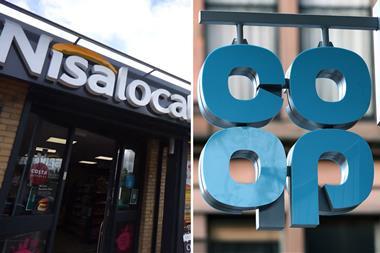
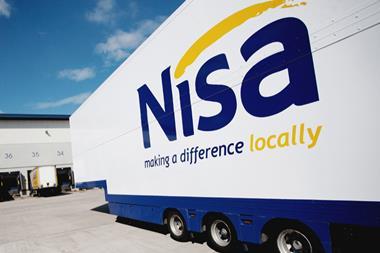

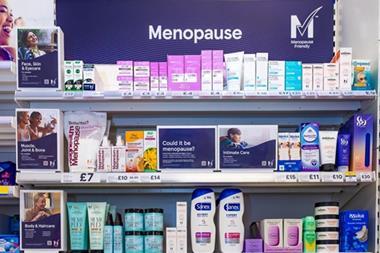
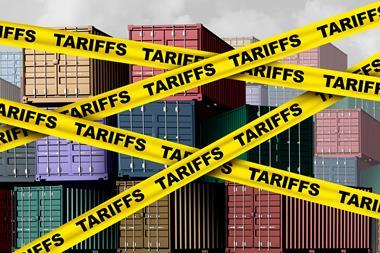
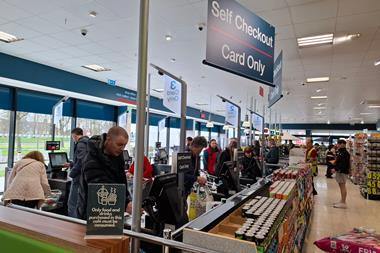


No comments yet